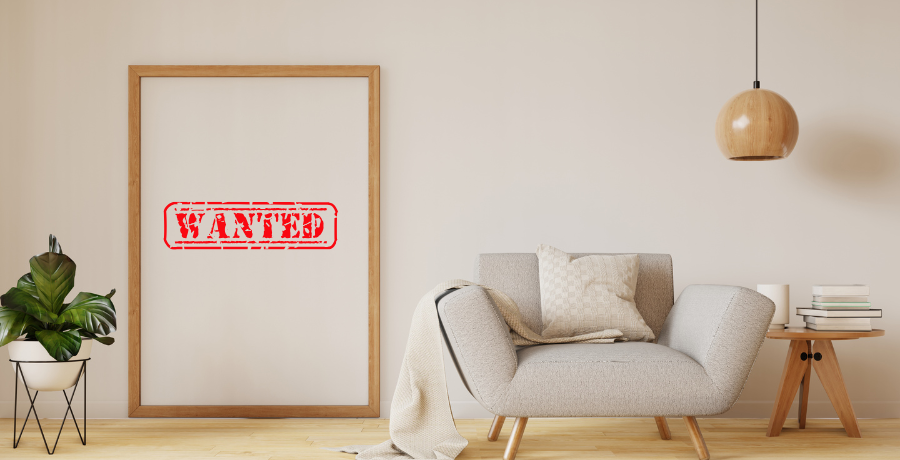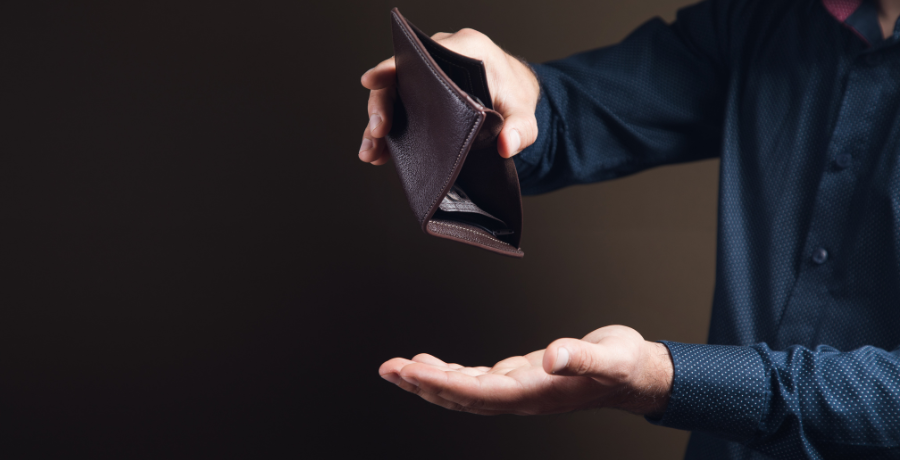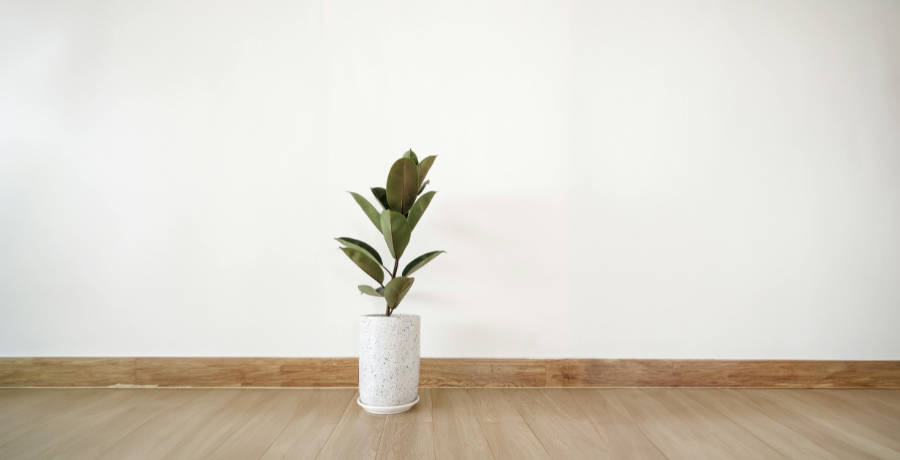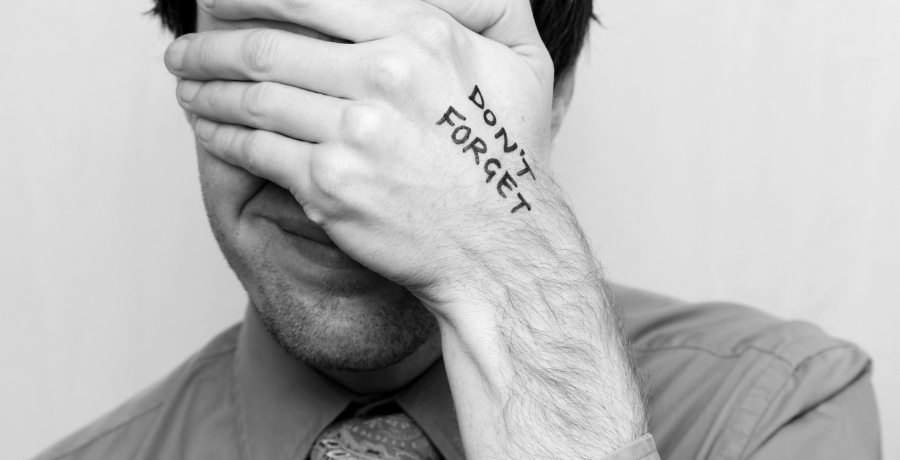Disclaimer: We will receive a commission if you make a purchase through our affiliate link at no extra cost to you. Please read our disclosure policy for more information.
Minimalism. It’s got this sleek, shiny appeal, doesn’t it? You imagine spotless white walls, a capsule wardrobe of perfectly pressed basics, and a life that’s finally free of stress. It’s marketed as the magic cure for everything: clutter, anxiety, overspending—you name it.
But here’s the kicker: minimalism might not be saving you as much as you think. In fact, for many people, chasing the minimalist dream can end up costing them more money. I know—it sounds like the opposite of what minimalism is supposed to do, right?
Don’t get me wrong—minimalism can be an awesome thing when it’s done right. Cutting back on clutter, saving money, and focusing on what really matters? Who wouldn’t want that? But tbh it’s not some magic fix, and if you’re not careful, it can actually end up costing you more than it saves. The trick is to approach it with a bit of common sense and keep your focus on what works for you, not on chasing some perfect Pinterest-worthy version of “less is more.”
Stick with me here, and you will find out where this movement can go sideways (and how to avoid it).
Why Minimalism Feels So Tempting

Let’s be honest—life today feels overwhelming. There are subscription services you forgot you signed up for, a junk drawer bursting at the seams, and clothes you haven’t worn since that one wedding in 2016. The minimalist promise of less is more feels like a breath of fresh air.
People jump into minimalism for all kinds of reasons:
- To simplify their lives and reduce decision fatigue.
- To save money by cutting back on unnecessary purchases.
- To focus on experiences over material things.
- To finally feel like their home isn’t auditioning for an episode of Hoarders.
All of that sounds great on paper—but the reality? It’s not always as rosy as Instagram influencers make it look.
How Minimalism Ends Up Draining Your Wallet

1. Minimalism as a Luxury Brand
Here’s the thing nobody tells you: minimalism has been hijacked by marketing teams. Take a plain white t-shirt, slap on a minimalist label, and suddenly it costs $75. Brands figured out that they can charge a premium for “simple” and “essential” items. It’s not just clothes, either. Think minimalist furniture, decor, or even notebooks.
Suddenly, you’re shelling out for sleek, neutral-toned “necessities” that are anything but budget-friendly.
How to Avoid This Trap
- Skip the hype: A plain t-shirt from the local store works just as well as one from a high-end “minimalist” brand.
- Go secondhand: Thrift stores and resale platforms like Vinted or eBay are goldmines for simple, functional items.
- Prioritize function over aesthetic: Does it work? Then you’re good. You don’t need a $300 coffee table just because it’s on-trend.
2. Decluttering with a Vengeance
You’ve probably seen advice like, “If you haven’t used it in six months, toss it.” So you go all Marie Kondo on your closet, your kitchen, your garage—and suddenly you’re left with half the stuff you used to have. It feels great… until you realize you actually needed some of those things.
I’ve been there. Once, I got rid of a jacket because I hadn’t worn it in a while. Cue the first cold snap of winter, and guess who was out $120 for a replacement? Yep, me.
How to Stay on the Right Track
- The “Maybe” Box: Instead of tossing things right away, stash them in a box for a few months. If you don’t need them during that time, then you can donate or sell them guilt-free.
- Think ahead: Sure, you haven’t used that bulky cooler all summer. But are you really going to buy a new one next July?
- Balance practicality with minimalism: Not everything that doesn’t “spark joy” needs to go. Some things are just plain useful.
3. The Aesthetic Pressure

Minimalism isn’t just about owning fewer things anymore—it’s about owning the right-looking things. Instagram and Pinterest are full of perfectly curated spaces with crisp, white walls, minimalist furniture, and not a single stray object in sight.
It’s tempting to try and recreate that in your own life. But here’s the problem: chasing that aesthetic can lead to endless upgrades. You already have a perfectly functional couch, but it doesn’t match the minimalist vibe you’re going for, so you drop $800 on a new one.
Instead You Can Just:
- Keep it real: Minimalism is supposed to make life easier, not more expensive. If your stuff works, don’t replace it just to fit a certain look.
- Set boundaries: If you do want to refresh your space, set a budget and stick to it.
- Ask yourself why: Are you upgrading because you need it or because you’ve been scrolling Instagram too much?
4. “Quality Over Quantity” Misfires

Minimalism loves to preach buying quality over quantity—which is a great principle, in theory. But in practice? It can lead to overspending. People justify splurging on expensive items because they’ll “last longer.” But not everything expensive is better.
Take those $300 boots you bought because they were supposed to last 10 years. They still fell apart after two winters of heavy use, didn’t they?
What You Can Do Instead
- Do your homework: Read reviews, check warranties, and don’t just assume the priciest option is the best one.
- Mix and match: Invest in quality where it matters (like a good mattress) but save on things that don’t need to last forever.
- Wait for sales: If you’ve got your heart set on something, hold off until there’s a discount.
5. Forgetting the Money Stuff

Minimalism is great for clearing physical clutter—but what about financial clutter? All the decluttering in the world won’t help if you’re ignoring your budget, skipping savings, or drowning in subscriptions you forgot you signed up for.
And let’s be real: minimalism can give you a false sense of security. Just because you’re spending less on stuff doesn’t mean you’re saving money overall.
Steps to Stay Out of This Trap
- Track your spending: Use a spreadsheet, an app, or even a notebook to see where your money’s going.
- Make a budget: Minimalism is about intentionality—extend that to your finances.
- Focus on your goals: Whether it’s saving for a trip or paying off debt, make sure minimalism is helping you get there.
Check out this articles about frugal living, budgeting and saving money:
- 25 Frugal Living Tips: Daily Habits To Save Money
- 12 Effective Money Saving Techniques to Build Your Wealth
- 7 Steps to Achieve Financial Freedom
- 15 Things to Stop Buying to Save Money Today
How to Do Minimalism Without Going Broke

So, is minimalism a scam? Not exactly. The philosophy behind it—living intentionally, focusing on what matters—is solid. The key is not getting sucked into the commercialized version of minimalism that’s all about spending money to look minimalist.
The real value of minimalism isn’t about chasing a look; it’s about creating a life that feels lighter, freer, and aligned with your priorities. To do it right, you need to take things slow. There’s no need to declutter your entire house in a weekend or purge every closet in a frenzy. Start small. Focus on one manageable area—like your wardrobe or a single room—and work from there.
Taking baby steps lets you make thoughtful choices, avoiding impulsive decisions you might regret later. Minimalism is a journey, not a sprint. As you go, you’ll get a better sense of what adds value to your life and what you can let go of without feeling a void.
Flexibility is everything. Minimalism is about creating a life that works for you, not bending your life to fit some rigid ideal. What simplifies someone else’s world might complicate yours—and that’s fine.
Finally, think about the long game. Minimalism isn’t about making your living room look magazine-ready today. It’s about freeing up your time, energy, and money so you can focus on what truly matters. Maybe that means more time with your family, saving for a dream trip, or simply reducing the stress of managing too much stuff.
Whatever your goals are, let them guide your choices. Don’t get hung up on appearances or trends. Instead, focus on the bigger picture—how minimalism can help you build a life that feels more meaningful and less weighed down.
Final Thoughts
Minimalism, when done right, can be a game-changer. But it’s not about throwing everything out or chasing some picture-perfect aesthetic. It’s about simplifying your life in a way that makes sense for you.
Don’t let the pursuit of “less” cost you more than it’s worth. Instead, focus on building a life where your money and your stuff support your goals—not the other way around.



